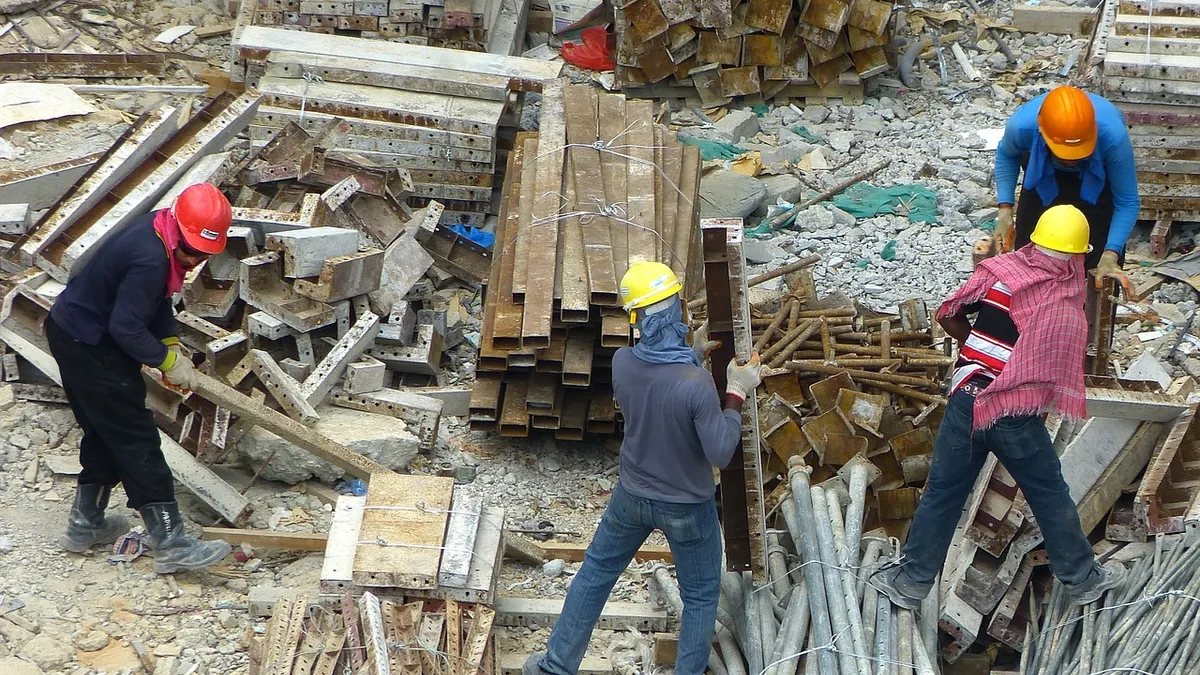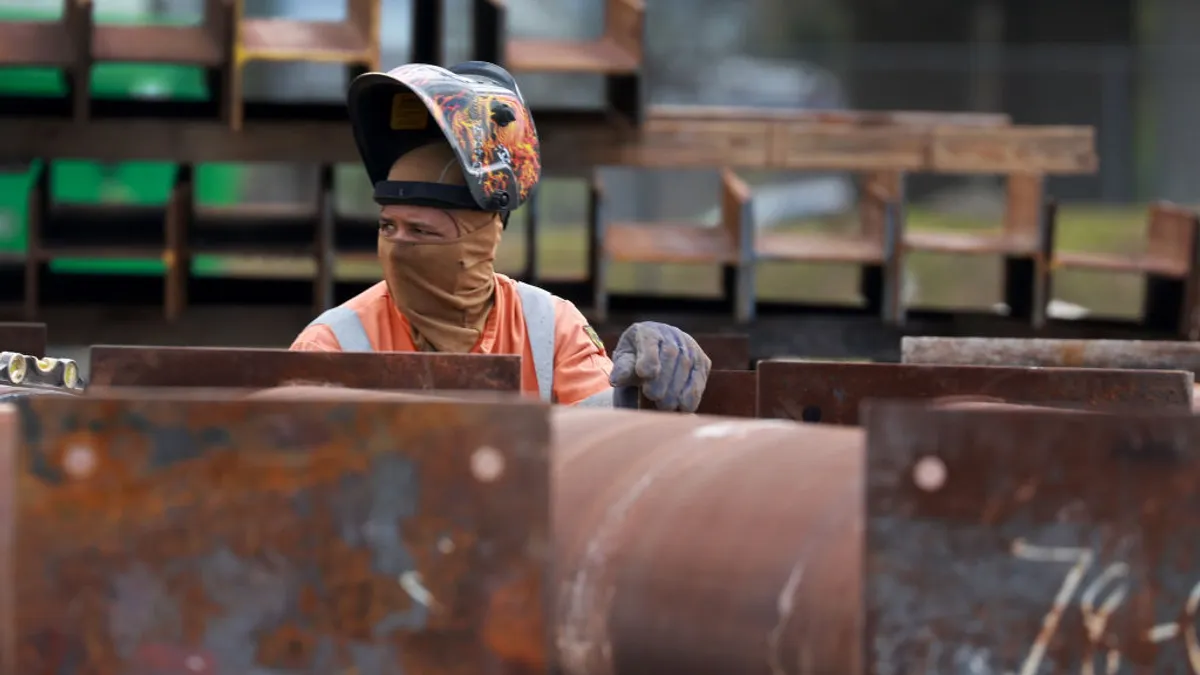Dive Brief:
- Construction trade organizations are balking at the Department of Labor’s new overtime wage rule, which raises the salaried worker exempt threshold from $23,660 to $47,476 per year.
- The National Association of Home Builders, Associated Builders and Contractors and the Associated General Contractors of America all said the new rule would not result in higher wages, but rather that contractors would be forced to cut worker hours and reduce benefit — essentially delivering the opposite of the intended result.
- The new rule will go into effect Dec. 1, with updates to come every three years. Bonus payments also can count toward up to 10% of the qualifying salary level.
Dive Insight:
NAHB Chairman Ed Brady called the Labor Department's move "sheer arrogance" in the face of small business concerns about the rule's effect on their operations and bottom lines and urged the department to withdraw it. The ABC added that employers would be forced to take employees off salaried status, effectively demoting them. The ABC also said the rule does not take into consideration pay differences from one region of the country to another.
The AGC's Brian Turmail told Construction Dive that the threshold increase is unreasonable and that the rule would force employers to devote more resources to compliance, not result in higher wages. "The Obama administration has placed yet another burden on contractors that forces them to spend even more of their limited proceeds on compliance instead of compensation," he said. Turmail added that the AGC will continue its attempts to convince Congress to "pursue legislative corrections" to the rule.
The construction industry led a similar collective outcry earlier this year when the Occupational Safety and Health Administration issued a new silica dust rule that reduces the allowed exposure to silica from 250 micrograms per cubic meter over an eight-hour period to 50 micrograms. The new rule also requires companies to record worker exposures and furnish medical exams every three years for employees exposed to silica long enough to necessitate the use of a protective respirator for 30 days or more a year.
Industry trade associations said the new silica rule does not take into consideration the current limits of technology and would cost construction companies billions of year to implement and maintain. A group opposed to the rule has filed a lawsuit with the U.S. Court of Appeals for the Fifth Circuit in an attempt to block the regulation.














